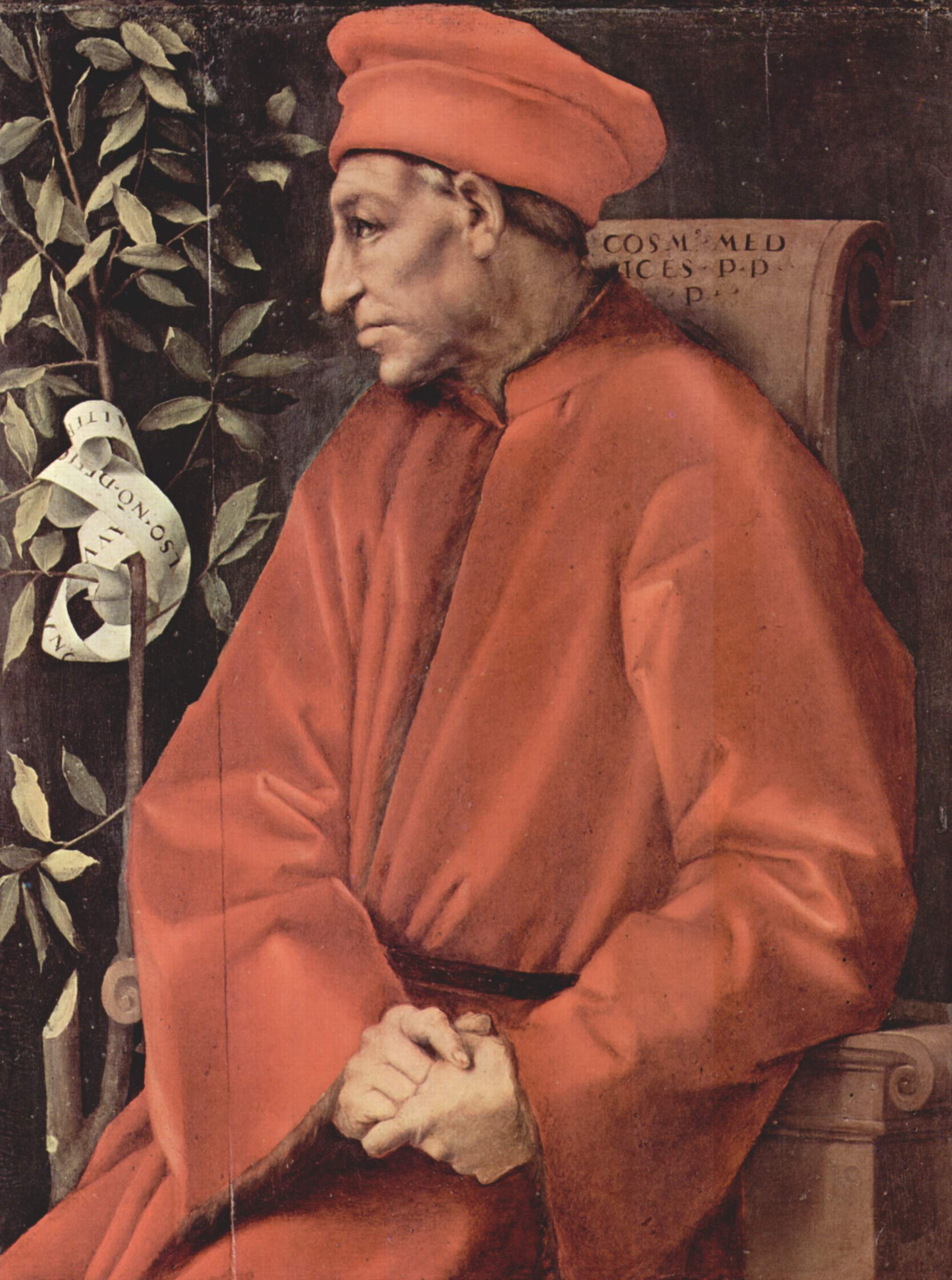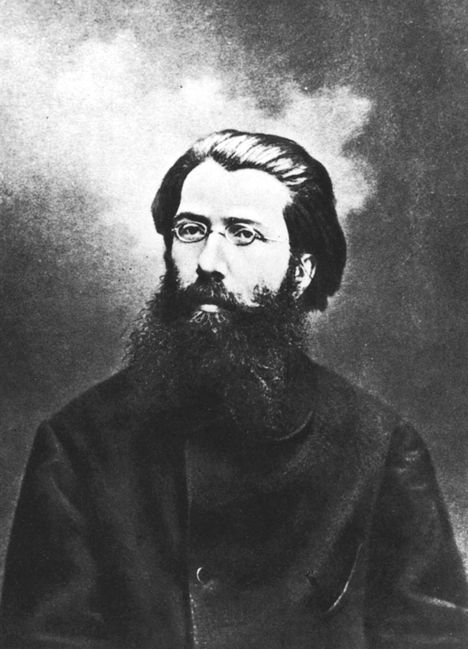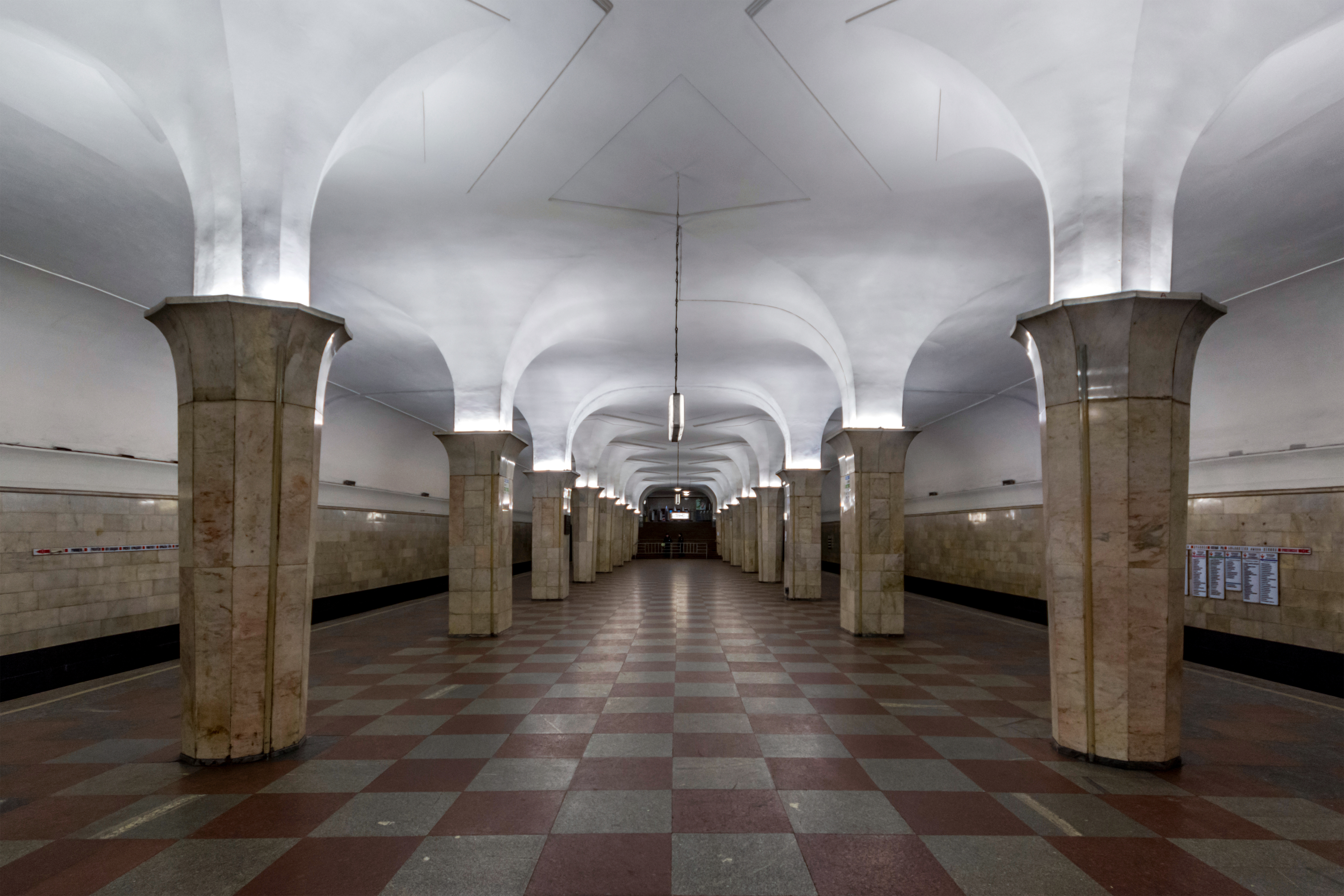|
Le Père Peinard
''Le Père Peinard'' was a weekly French Anarchism, anarchist newspaper founded in 1889. Its main author was also its founder, Émile Pouget, though other anarchists contributed as well. Alongside ''Le Révolté'' and ''l'Endehors'', it was one of the three major publications during the golden age of anarchist press in France. ''Le Père Peinard'' stood out from its contemporaries by taking a more radical stance and focusing heavily on social issues. The paper is seen as a forerunner of anarcho-syndicalism and addressed a wide range of topics, including feminism and Decolonization, anti-colonialism. Its frequent use of slang also provides valuable insight into the Parisian and anarchist Cant (language), cants of the time. It was the first newspaper to systematically report on social unrest in France and to give significant attention to the struggles of rural communities in its political coverage. History Context Émile Pouget was a prominent figure in the Anarchism in France, ... [...More Info...] [...Related Items...] OR: [Wikipedia] [Google] [Baidu] |
Émile Pouget
Émile Pouget (; 12 October 1860 – 21 July 1931) was a French journalist, anarchist pamphleteer and trade unionist, known for his pivotal role in the development of revolutionary syndicalism in France. His iconic newspaper, '' Le Père Peinard'', stood out from previous anarchist publications with its inventive use of vernacular and urban slang. Notably, Pouget introduced the term "sabotage" as a tactical approach, a concept later adopted by the General Confederation of Labour (CGT) at its Toulouse Congress in 1897. Pouget's combination of anarchist political theory and revolutionary syndicalist tactics has led several authors to identify him as an early anarcho-syndicalist. Having been introduced to radical politics through his stepfather's involvement in political journalism, Pouget emerged as a prominent figure in the anarchist movement. In 1883, Pouget and Louise Michel were jailed after they led a protest at Les Invalides, where the emblematic anarchist black flag is sai ... [...More Info...] [...Related Items...] OR: [Wikipedia] [Google] [Baidu] |
Capitalism
Capitalism is an economic system based on the private ownership of the means of production and their use for the purpose of obtaining profit. This socioeconomic system has developed historically through several stages and is defined by a number of basic constituent elements: private property, profit motive, capital accumulation, competitive markets, commodification, wage labor, and an emphasis on innovation and economic growth. Capitalist economies tend to experience a business cycle of economic growth followed by recessions. Economists, historians, political economists, and sociologists have adopted different perspectives in their analyses of capitalism and have recognized various forms of it in practice. These include '' laissez-faire'' or free-market capitalism, state capitalism, and welfare capitalism. Different forms of capitalism feature varying degrees of free markets, public ownership, obstacles to free competition, and state-sanctioned social poli ... [...More Info...] [...Related Items...] OR: [Wikipedia] [Google] [Baidu] |
Glossary Of Anarchism
The following is a list of terms specific to anarchists. Anarchism is a political and social movement which advocates voluntary association in opposition to authoritarianism and hierarchy. __NOTOC__ A :The negation of rule or "government by none". While "anarchy" refers to the absence of a hierarchical society-organizing ''power principle'', "acracy" refers to the absence of ''coercion''; the condition of acracy is one of voluntary order. Derived from the Greek α- oand κρατία ystem of government :A form of organic organization according to which different parts of an organization are temporarily assembled to meet the requirements of that particular point in time. :A small non-hierarchical collective of individuals who collaborate on direct action via consensus decision-making. :Coined by Ernst Jünger, this refers to the ruler (i.e. individual) in a state of anarchy analogous to the monarch in a state of monarchy, a conception influenced by Max Stirner's notion ... [...More Info...] [...Related Items...] OR: [Wikipedia] [Google] [Baidu] |
Illegalism
Illegalism is a tendency of anarchism that developed primarily in France, Italy, Belgium and Switzerland during the late 1890s and early 1900s as an outgrowth of individualist anarchism. Illegalists embrace criminality either openly or secretly as a lifestyle. Illegalism does not specify the type of crime, though it is associated with theft and shoplifting. Some anarchists, like Clément Duval and Marius Jacob, justified theft with theories of individual reclamation () and propaganda of the deed and saw their crime as an educational and organizational tool to facilitate a broader resistance movement. Others, such as Jules Bonnot and the Bonnot Gang, saw their actions in terms of egoist anarchism and referred to the philosophy of Max Stirner. Influenced by theorist Max Stirner's egoism, some illegalists in France broke from anarchists. They argued that their actions required no moral basis and illegal acts were taken not in the name of a higher ideal, but in pursuit ... [...More Info...] [...Related Items...] OR: [Wikipedia] [Google] [Baidu] |
Vittorio Pini
Vittorio Pini (20 August 1859, in Reggio Emilia – 8 June 1903, in the penal colony of Cayenne) was a worker, activist, and theorist of Individualist anarchism, individualist and Illegalism, illegalist anarchism. Having arrived in France during the 1880s, he was, alongside Clément Duval, one of the first anarchists to develop illegalism there. Engaged in a series of robberies and thefts with the group he founded, the Intransigents of London and Paris, Intransigents, he led a frugal life and used the proceeds of his crimes to support anarchist groups, newspapers, and printing presses. His arrest by the French police triggered intense debates within the Anarchism in France, anarchist movement in France, which was then divided over the legitimacy of emerging illegalism. While historical figures such as Jean Grave initially refused to support this new form of militancy, Pini theorized it during his trial, presenting Glossary of anarchism, individual reappropriation as legitimate for ... [...More Info...] [...Related Items...] OR: [Wikipedia] [Google] [Baidu] |
Propaganda Of The Deed
Propaganda of the deed, or propaganda by the deed, is a type of direct action intended to influence public opinion. The action itself is meant to serve as an example for others to follow, acting as a catalyst for social revolution. It is primarily associated with acts of violence perpetrated by proponents of insurrectionary anarchism in History of anarchism, the late 19th and early 20th century, including bombings and assassinations aimed at Statism, the state, the ruling class in a spirit of anti-capitalism, and church arsons targeting religious groups, even though propaganda of the deed also had nonviolent resistance, non-violent applications. These acts of terrorism were intended to ignite a "spirit of revolt" by demonstrating the state, the middle and upper classes, and religious organizations were not omnipotent as well as to provoke the State to become escalatingly repressive in its response. The 1881 London Social Revolutionary Congress gave the tactic its approval. Theore ... [...More Info...] [...Related Items...] OR: [Wikipedia] [Google] [Baidu] |
Peter Kropotkin
Pyotr Alexeyevich Kropotkin (9 December 1842 – 8 February 1921) was a Russian anarchist and geographer known as a proponent of anarchist communism. Born into an aristocratic land-owning family, Kropotkin attended the Page Corps and later served as an officer in Siberia, where he participated in several geological expeditions. He was imprisoned for his activism in 1874 and managed to escape two years later. He spent the next 41 years in exile in Switzerland, France (where he was imprisoned for almost four years) and England. While in exile, he gave lectures and published widely on anarchism and geography. Kropotkin returned to Russia after the Russian Revolution in 1917, but he was disappointed by the Bolshevik state. Kropotkin was a proponent of the idea of Libertarian socialist decentralization, decentralized communist society free from central government and based on voluntary associations of self-governing communities and worker-run enterprises. He wrote many books, pamp ... [...More Info...] [...Related Items...] OR: [Wikipedia] [Google] [Baidu] |
Jean Grave
Jean Grave (; October 16, 1854, Le Breuil-sur-Couze – December 8, 1939, Vienne-en-Val) was an important activist in French anarchism and the international anarchist communism movements. He was the editor of three major anarchist periodicals, ''Le Révolté'', '' La Révolte'' and ', and wrote dozens of pamphlets and a number of important anarchist books. Grave supported anarchism in the late 1870s, when it first began to emerge as a distinct movement. He was initially a supporter of Jules Guesde's Marxist-inspired philosophy. He attended political meetings in Paris before moving in 1883 to Geneva where he was invited by Peter Kropotkin and Elisée Reclus to be the editor of ''Le Révolté'', which was renamed ''La Révolte'' when it moved to Paris in 1886. He edited ''La Révolte'' from 1887 to 1894. In 1893 Grave wrote '' La société mourante et l'anarchie'', prefaced by Octave Mirbeau, for which he was sentenced to two years in prison. Mirbeau, like Élisée Reclus, Pau ... [...More Info...] [...Related Items...] OR: [Wikipedia] [Google] [Baidu] |
Constant Marie
Constant Marie, known as Le Père Lapurge (17 August 1838 – 5 August 1910) was a French communard, shoemaker, anarchist and poet. He was the author of several popular revolutionary songs. Early years Constant Marie was born on 27 August 1838 in Sainte-Houvrince, Calvados. He began work as a bricklayer. He participated in the Paris Commune, and was wounded in the fighting at the Vanves fort. Anarchist shoemaker and songwriter Due to his injuries Constant Marie was forced to change occupation to become a shoemaker. He became an anarchist and began to compose revolutionary songs. Within twelve years of the fall of the commune in 1871, Constant Marie's songs had become very popular in some circles. Constant Marie often performed at festivities of anarchist groups. He came to the attention of the police, who searched his house on 1 July 1894 and seized books and the texts of his songs. He was arrested and charged with "membership of a criminal conspiracy." He spent several weeks ... [...More Info...] [...Related Items...] OR: [Wikipedia] [Google] [Baidu] |
Adolphe Willette
Adolphe Léon Willette (30 July 1857 – 4 February 1926) was a French Painting, painter, illustrator, caricaturist, and lithographer, as well as an architect of the famous Moulin Rouge cabaret. Willette ran as an "antisemitism, anti-semitic" candidate in the 9th arrondissement of Paris for the September 1889 legislative elections. Biography Willette studied for four years at the École des Beaux-Arts under Alexandre Cabanel. His graphical work ranged from dainty triviality or political satire: he made Pierrot an imaginary hero of France, and established Mimi Pinson as frail, lovable, and essentially good-hearted. He could also be bitter and fierce, a partisan of political ideas. The guillotine and the figure of Death appear in his caricatures. At the time of the Dreyfus affair he was an ''anti-dreyfusard''; with Jean-Louis Forain, he moved to the political right. Works The artist was a prolific contributor to the French illustrated press under the pseudonyms "Cémoi", "Pierrot ... [...More Info...] [...Related Items...] OR: [Wikipedia] [Google] [Baidu] |
Georges Henri Manzana Pissarro
Georges Henri Manzana Pissarro (1871–1961) was a French artist who worked in Impressionist and Post-Impressionist styles. Also known as 'Manzana', he was born in 1871 in France, at Louveciennes, the third child of Impressionist artist Camille Pissarro. He was of Portuguese-Jewish descent. See also * Lucien Pissarro, brother of Georges Manzana-Pissarro * List of French artists * List of Orientalist artists This is an incomplete list of artists who have produced works on Orientalism#Orientalist art, Orientalist subjects, drawn from the Islamic world or other parts of Asia. Many artists listed on this page worked in many genres, and Orientalist subj ... References Further reading * * External links *"Gallery of works by Georges Manzana-Pissarro"on latelierdutemps.com * on lagravure.com *Works of Georges Manzana-Pissarroon pissarro.net Georges Henri Manzana 1871 births 1961 deaths 19th-century French painters 20th-century French painters 20th- ... [...More Info...] [...Related Items...] OR: [Wikipedia] [Google] [Baidu] |








